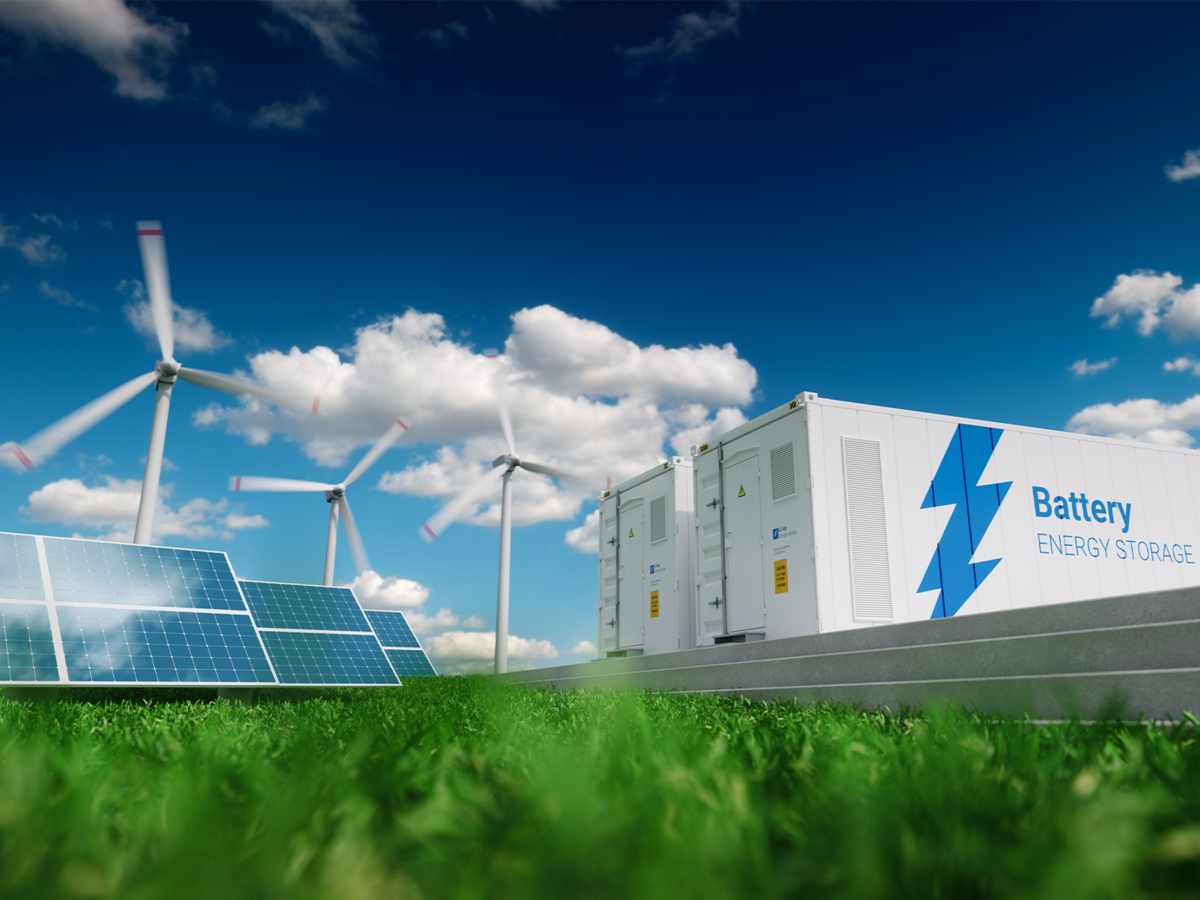chicagoandy
New Member
I did look at Pytes, but they don't publish pricing so I moved on. I landed on the Ruixu from Will's video, and his strong recommendation. The price is excellent.I'm in So Cal. Looking at your system, roughly speaking the hardware costs are about 16.4K and the remainder is labor, permitting, passing inspection, etc.
As for batteries, a UL listed 40 kW system should cost you no more than 14K plus maybe 2K for installation. This is based on say using 8 Pytes batteries which are UL listed high quality. They can be viewed at: www.pytesusa.com. Plus this forum has many others. www.stackrackbattery.com also sells UL listed indoor and outdoor cabinets for the batteries.
It's not 50K, it's 30K after tax credits. I think you're confusing ROI and payback, I get ROI the very next month when my power-bill is lower. Yes, I often make investments with multi-year payoff periods. I estimate 8 years for this system with the current rates, and I expect those rates to go up.To total this all up, I think about 50K for the system installed with the batteries and either solar panel would be a decent price before the Federal tax credit.
What I don't understand is why you want to spend 50K on a PV system and battery when you have such cheap energy from your utility company? The payback period doesn't seem to make any sense.
Would you invest any money up front knowing that you would need to wait 8-10 years to get a return on your investment?
I would need a substantially larger battery if I were to entirely forgo solar, doubling the size and cost of the battery. I've landed on a large set of affordable batteries, but If it turns out I actually do need to change them to UL9045 ones I will need to downsize them due to cost. Doing both, using solar during the day and arbitraging at night is the best approach.An alternative may just be to install a powerwall type system (there are several to choose from) without any solar panels, charge the batteries at night when the rate is cheap and use them during emergencies.



